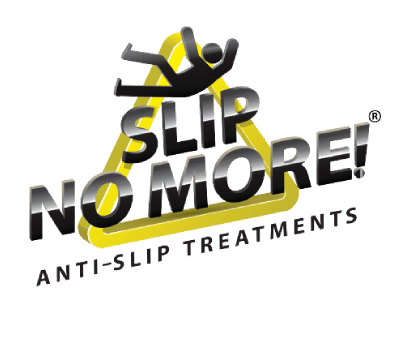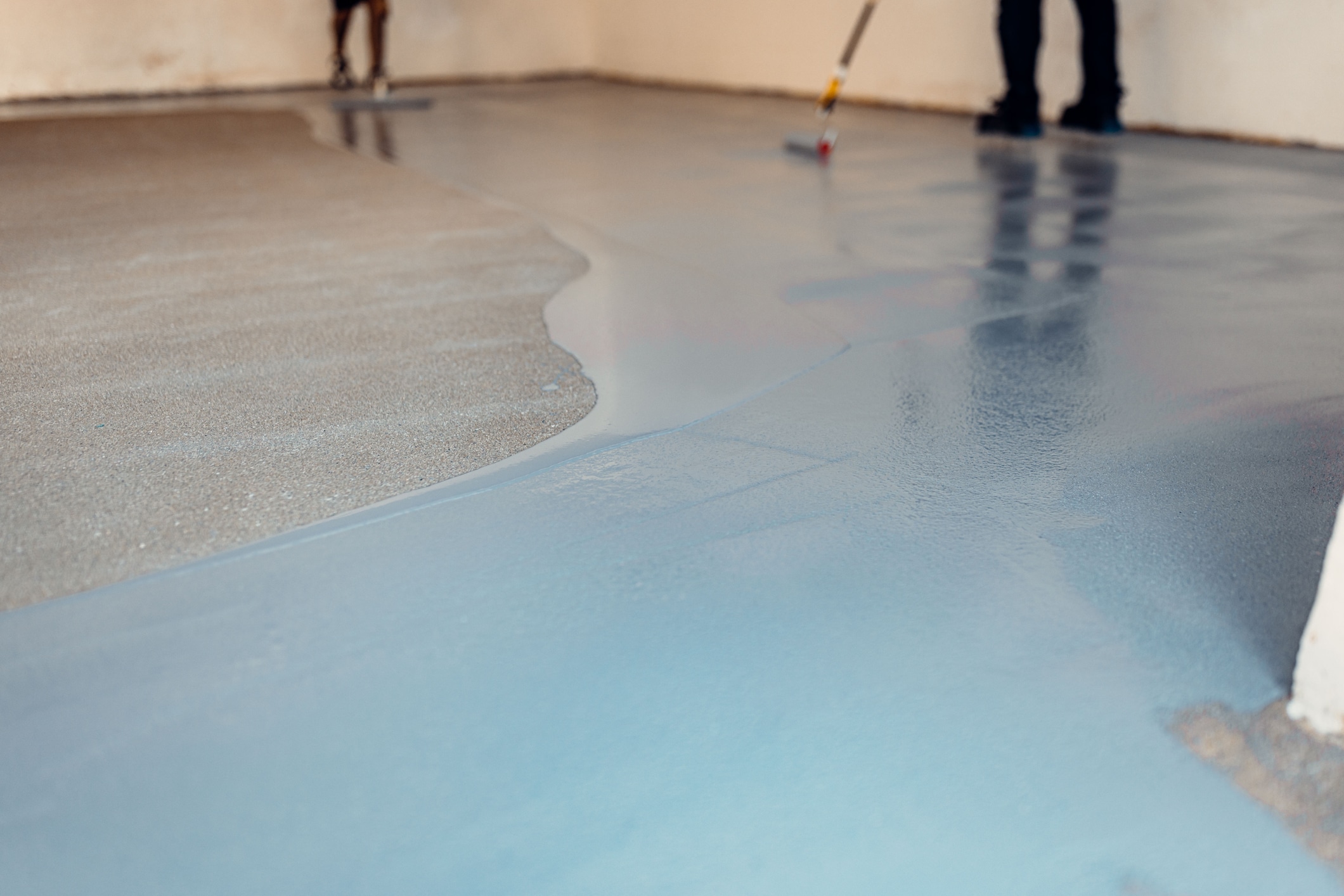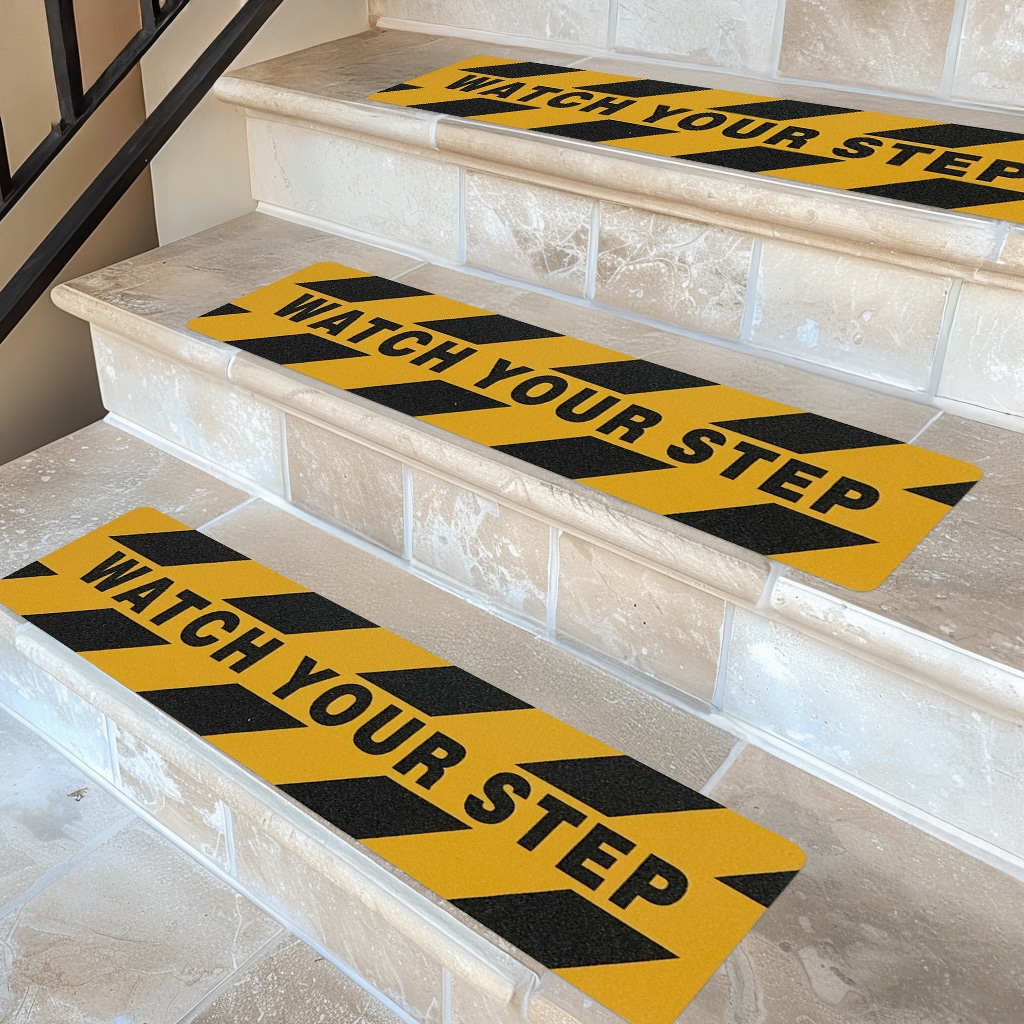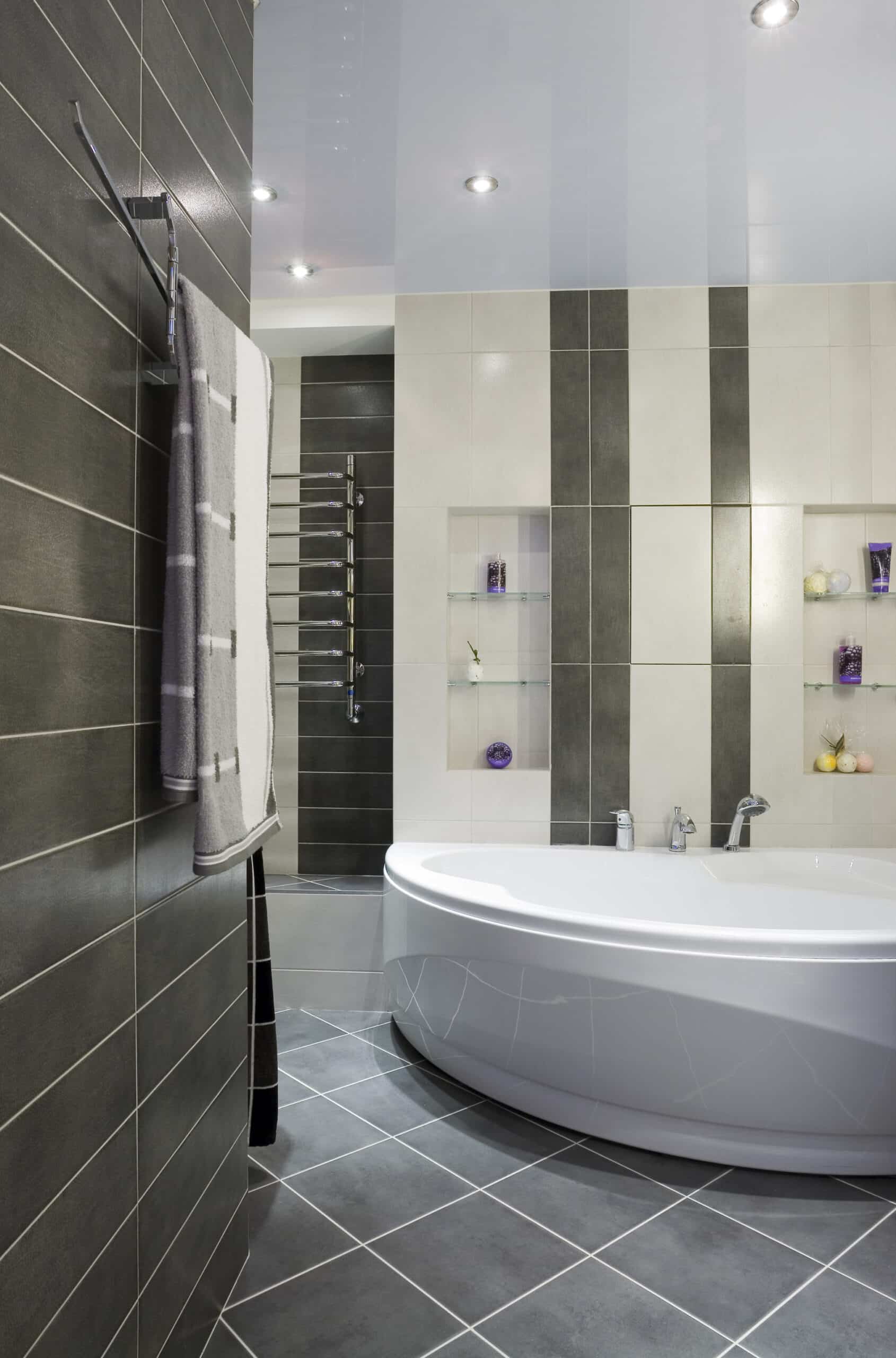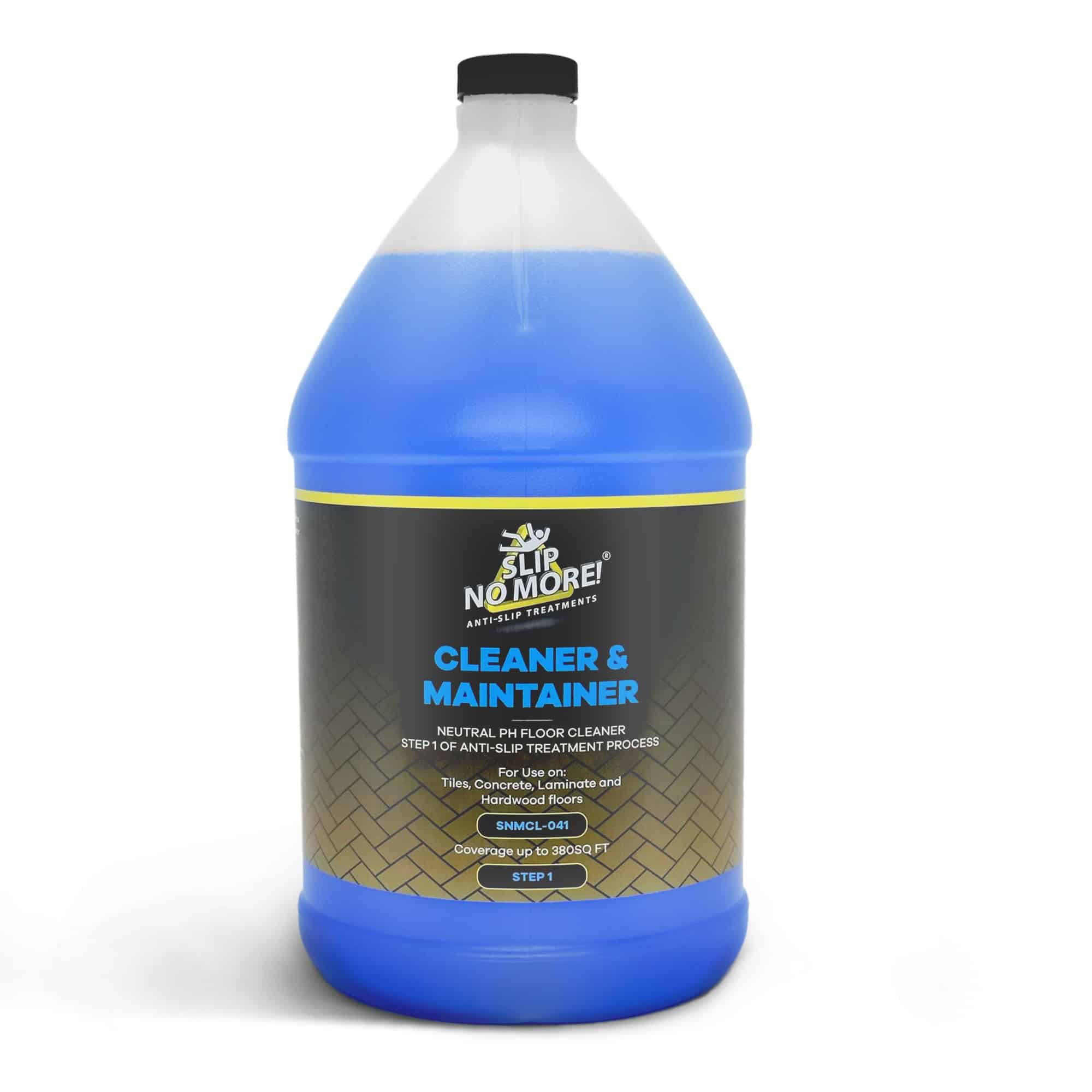Looking to transform your dull garage into a functional and visually appealing space? Look no further than epoxy paints for your garage floors. With their durability, versatility, and ability to withstand heavy foot traffic and vehicular movement, epoxy paints have become the go-to choice for homeowners and commercial establishments.
Epoxy paints enhance the functionality and aesthetics of your garage. With a wide range of colors and finishes, you can customize your garage floor to match your style and create a visually stunning space that you’ll be proud to showcase.
Epoxy paints offer several benefits, making them an excellent choice for garage floors. They are resistant to chemicals, stains, and spills, making cleaning a breeze. Additionally, epoxy coatings provide a high-gloss finish that reflects light, brightening up your garage and making it feel more spacious.
So, whether you’re looking to protect your floor from wear and tear, improve safety, or elevate the overall look of your garage, epoxy paints are the perfect solution. Say goodbye to drab concrete floors and hello to a stylish, functional, and long-lasting garage with epoxy paint.
Benefits of using epoxy paints for garage floors
Epoxy paints offer many benefits, making them ideal for garage floors. Here are some of the key advantages you can expect:
1. Durability: Epoxy paints are renowned for their durability. Once applied, they create a solid and resilient surface that can withstand heavy foot traffic, vehicle movement, and the weight of tools and equipment commonly found in garages. This means your epoxy-painted garage floor will withstand the test of time, ensuring long-lasting functionality.
2. Chemical and stain resistance: One of the most significant advantages of epoxy paints is their resistance to chemicals, stains, and spills. This makes them perfect for garages where oil, grease, and other automotive fluids are commonly found. With an epoxy coating, you won’t have to worry about unsightly stains or damage caused by chemical spills, as they can be easily wiped away.
3. Easy maintenance: Cleaning and maintaining an epoxy-painted garage floor is a breeze. The smooth and glossy finish of epoxy coatings prevents dirt and dust from penetrating the surface, making it easy to sweep or mop the floor to keep it looking clean and fresh. Additionally, epoxy paints’ chemical resistance means spills or stains can be quickly wiped away without a trace.
4. Improved safety: Epoxy paints can also enhance the safety of your garage floor. The high-gloss finish provides a reflective surface that improves visibility by bouncing light back into the room. This is particularly beneficial if you use your garage as a workspace or frequently move vehicles in and out. The reflective properties of epoxy coatings can help prevent accidents by increasing visibility and reducing the risk of slips and falls.
5. Aesthetic appeal: Another significant advantage of epoxy paints is the ability to customize the look of your garage floor. With a wide variety of colors and finishes available, you can create a floor that matches your style and complements the overall design of your garage. Whether you prefer a sleek, modern look or a more classic and rustic feel, epoxy paints can help you achieve the desired aesthetic.
By choosing epoxy paints for your garage floor, you improve its functionality and durability and enhance its overall appearance, making it a space you’ll enjoy spending time in.
Types of epoxy paints for garage floors
When it comes to epoxy paints for garage floors, there are several types to choose from, each with unique properties and advantages. Here are a few of the most common types:
1. Solvent-based epoxy paints: Solvent-based epoxy paints are the traditional choice for garage floors. They are known for their excellent adhesion properties and high durability. These paints contain solvents that help the epoxy penetrate the concrete surface, ensuring a solid bond. Solvent-based epoxy paints are also moisture-resistant, making them suitable for garages in areas with high humidity or prone to water leaks.
2. Water-based epoxy paints: Water-based epoxy paints are more eco-friendly than solvent-based paints. Low VOC (volatile organic compound) content makes them safer in enclosed spaces. Water-based epoxy paints are easy to apply and offer good durability and chemical resistance. However, they may not be as strong as solvent-based epoxy paints and require more frequent reapplication in high-traffic areas.
3. 100% solid epoxy paints: 100% solid epoxy paints are the most durable and long-lasting option available. These paints contain no solvents or water, resulting in a thicker, more robust coating. 100% solids epoxy paints offer exceptional chemical resistance, making them ideal for harsh environments such as auto repair shops or industrial garages. However, they can be more challenging to work with and may require professional installation.
When choosing the type of epoxy paint for your garage floor, consider factors such as the durability required, the presence of moisture or chemicals in your garage, and your budget. Consulting with a professional can help you determine the best type of epoxy paint for your specific needs.
Factors to consider before applying epoxy paint
Before applying epoxy paint to your garage floor, consider a few factors to ensure a successful installation and long-lasting results. Here are some important considerations:
1. Surface preparation: Proper surface preparation is crucial for successfully applying epoxy paint. The concrete floor should be cleaned to remove dirt, oil, or existing coatings. Any cracks or imperfections should be repaired, and the surface should be etched or mechanically abraded to create a rough texture that allows the epoxy to bond effectively.
2. Moisture levels: Moisture can negatively affect the adhesion and performance of epoxy paint. Before applying epoxy, it’s essential to test the moisture content of the concrete floor. Excessive moisture can lead to blistering, bubbling, or delamination of the epoxy coating. Additional measures, such as moisture barriers or epoxy primers, may be required if moisture levels are high.
3. Temperature and humidity: The temperature and humidity levels in your garage can impact the curing process of epoxy paints. Following the manufacturer’s guidelines regarding temperature and humidity ranges for application and curing is essential. Extreme temperatures or high humidity can affect the epoxy coating’s drying time and overall performance.
4. Health and safety precautions: Epoxy paints contain chemicals that can be harmful if not handled properly. Taking appropriate health and safety precautions when working with epoxy, such as wearing protective clothing, gloves, and a respirator, is essential. Ensure proper ventilation in your garage to minimize exposure to fumes during application and curing.
Considering these factors and taking the necessary precautions, you can ensure a smooth and successful epoxy paint application that will stand the test of time.
Preparing the garage floor for epoxy paint application
Proper garage floor preparation is essential for achieving a flawless, long-lasting epoxy paint finish. Here’s a step-by-step guide to preparing your garage floor for epoxy paint application:
1. Clear the space: Remove all items from your garage, including vehicles, tools, and storage items. Clearing the space allows easy access to the entire floor surface and prevents objects from interfering with the epoxy paint application.
2. Clean the floor: Thoroughly clean the garage floor to remove dust, dirt, grease, or stains. Start by sweeping the floor to remove loose debris, then use a degreaser or detergent to clean any oil or grease stains. For stubborn stains, scrub the floor with a stiff brush or use a pressure washer for a more thorough cleaning. Allow the floor to dry completely before proceeding.
3. Repair any cracks or imperfections: Inspect the garage floor for any cracks, spalling, or other imperfections. Use a concrete patching compound or epoxy filler to repair any damaged areas. Follow the manufacturer’s instructions for application and drying times.
4. Etch or mechanically abrade the surface: To create a rough texture that allows the epoxy paint to adhere correctly, it’s essential to etch or mechanically abrade the garage floor. Etching involves applying an acid solution to the floor and scrubbing it with a stiff brush. Mechanical abrasion can be achieved using a floor grinder or shot blaster. Both methods help remove any remaining contaminants and open up the pores of the concrete for better adhesion.
5. Perform a moisture test: Test the moisture content of the garage floor using a moisture meter or the plastic sheet test. Follow the manufacturer’s guidelines for acceptable moisture levels. Additional measures, such as applying a moisture barrier or epoxy primer, may be necessary if moisture levels are too high.
6. Vacuum and sweep the floor: After etching or mechanically abrading, thoroughly vacuum and sweep the surface to remove any loose debris or dust. This ensures a clean and smooth base for the epoxy paint application.
Following these steps ensures that your garage floor is adequately prepared for applying epoxy paint, resulting in a flawless and long-lasting finish.
A step-by-step guide to applying epoxy paint on garage floors
Applying epoxy paint to your garage floor may seem daunting, but it can be a rewarding DIY project with suitable materials and a step-by-step approach. Here’s a guide to help you navigate the epoxy paint application process:
1. Gather your materials: Gather all the necessary materials and tools before you begin. This typically includes epoxy paint, epoxy primer (if required), mixing containers, paint rollers or brushes, painter’s tape, and protective gear such as gloves and a respirator. Read the manufacturer’s instructions for specific product requirements and recommendations.
2. Prepare the epoxy paint: Follow the manufacturer’s instructions to prepare the epoxy paint. This usually involves mixing two components, such as a resin and a hardener. Use a clean container and mix the components thoroughly according to the specified ratios. Stir slowly to avoid introducing air bubbles into the mixture.
3. Apply the epoxy primer (if necessary): Depending on the type of epoxy paint you’re using and the condition of your garage floor, applying an epoxy primer may be required. The primer helps improve adhesion and durability. Follow the manufacturer’s instructions for mixing and applying the primer. Allow it to dry according to the recommended curing time.
4. Cut in the edges: Use a paintbrush or small roller to cut in the edges of the garage floor, including along the walls and corners. This ensures the epoxy paint covers all areas and creates a seamless finish. Use painter’s tape to protect any areas you don’t want to be painted.
5. Roll on the epoxy paint: Use a paint roller to apply the epoxy paint to the main floor area. Start at one end of the garage and work towards the exit, applying an even coat of epoxy paint. Work in small sections to ensure the paint doesn’t dry before you’re finished. Avoid over-rolling or going over the same area multiple times, as this can create unevenness or streaks.
6. Allow for proper curing: Once you’ve finished applying the epoxy paint, let it cure according to the manufacturer’s instructions. This typically involves avoiding foot traffic and heavy objects on the floor for a specified period. Proper curing ensures that the epoxy paint hardens and bonds effectively, resulting in a strong and long-lasting finish.
By following these steps and carefully following the manufacturer’s instructions, you can successfully apply epoxy paint to your garage floor, transforming it into a functional and visually appealing space.
Tips for maintaining and extending the lifespan of epoxy-painted garage floors
Following proper maintenance practices is essential to ensure the longevity and beauty of your epoxy-painted garage floor. Here are some tips to help you maintain and extend the lifespan of your epoxy-painted garage floor:
1. Regular cleaning: Regularly sweep or dust mop your epoxy-painted garage floor to remove dirt, dust, and debris. This prevents the buildup of abrasive particles that can scratch the surface. For more thorough cleaning, use a mild detergent and warm water solution. Avoid using harsh chemicals or abrasive cleaners that can damage the epoxy coating.
2. Promptly clean up spills: Accidental spills should be cleaned up to prevent staining or damage to the epoxy paint. Use a clean cloth or paper towel to blot up the spill, then clean the area with a mild detergent and warm water. Avoid using acidic or abrasive cleaners that can etch or scratch the epoxy surface.
3. Avoid dragging heavy objects: Avoid dragging heavy objects or tools across the epoxy-painted floor, which can cause scratches or gouges. Use furniture sliders or mats under heavy equipment to prevent direct contact with the floor surface.
4. Protect against UV damage: Prolonged exposure to direct sunlight can cause the epoxy paint to yellow or fade over time. If your garage has windows or receives much natural light, consider using blinds or curtains to reduce UV exposure. Applying a UV-resistant topcoat can also help protect the epoxy paint from sun damage.
5. Avoid harsh chemicals: While epoxy paints resist many chemicals, prolonged exposure to certain substances can still cause damage. Avoid using harsh chemicals directly on the epoxy-painted surface, such as gasoline, bleach, or strong solvents. If you accidentally spill a chemical, promptly clean it up to prevent potential damage.
6. Regular maintenance: Inspect your epoxy-painted garage floor for any signs of damage or wear. Address any issues promptly to prevent further damage. Consider applying a fresh coat of epoxy paint or a topcoat to refresh the appearance and enhance the protection.
Following these maintenance tips, you can keep your epoxy-painted garage floor looking pristine and extend its lifespan, ensuring long-term enjoyment of your transformed space.
Conclusion: Transforming your garage with epoxy paints
In conclusion, epoxy paints offer an excellent solution for enhancing the functionality and aesthetics of your garage floors. With their durability, resistance to chemicals and stains, and ability to create a high-gloss finish, epoxy paints can transform your garage into a stylish and functional space.
However, avoiding common mistakes when using epoxy paints for garage floors is essential. Proper surface preparation, thorough mixing of components, and allowing sufficient drying and curing time are necessary for achieving a professional and long-lasting finish.
So, if you’re ready to upgrade your garage and create a functional and visually appealing space, consider using epoxy paints for your garage floors. With its numerous benefits and customization options, epoxy paints are the perfect choice for homeowners and commercial establishments.
Say goodbye to a dull and uninspiring garage and hello to a transformed space that you’ll be proud to show off. Invest in epoxy paints for your garage floors and enjoy the benefits of a durable, easy-to-clean, and aesthetically pleasing surface that will enhance your property’s overall appeal and value.
Types of slip prevention products
Four main categories of injury prevention products increase the safety of your floors. When selecting slip-prevention products, always ask a specialist who can guide you. There are different types of slippery floors.
Anti-Slip Treatments: These products are the best defense against slippery tiles. They are a sure way to increase the safety of your tiles. Used indoors and outdoors, they last for years. An important note is that they only work on unsealed tiles.
Non-Slip Coatings: Perfect for high-traffic and low-traffic areas. Always choose the right product for your use. From garage floor epoxy paints to Acrylic copolymer coatings, we have it all.
Anti-Slip Tape: A versatile product that is used on stairs and ramps. Anti-slip tape is excellent indoors and outdoors and works on many different surfaces.
Cleaning and Maintenance Products: These products should be of the highest quality. Be sure to check the cleaning recommendations of the floor safety products that you have installed. Our cleaning products are developed to maintain epoxy paint for garage floors.
About Slip No More
With more than 15 years of experience in the slip-prevention industry, our garage floor epoxy paints solve the problem of slippery floors in all areas. Specializing in floor safety, the company has become synonymous with reliable solutions for preventing slips and falls.
Slip No More offers various anti-slip products designed for different surfaces.
As part of our global expansion strategy, we actively engage with our audience on various social media platforms. Slip No More maintains a strong presence on platforms like Facebook, Instagram, Twitter, Linked In, and YouTube. We love connecting with customers and sharing valuable insights on safety measures. This strategic use of social media fosters brand awareness and allows us to interact directly with our diverse customer base. We speak about a number of topics, including epoxy paints for garage floors.
If you found this article helpful, take a look at our related articles:
